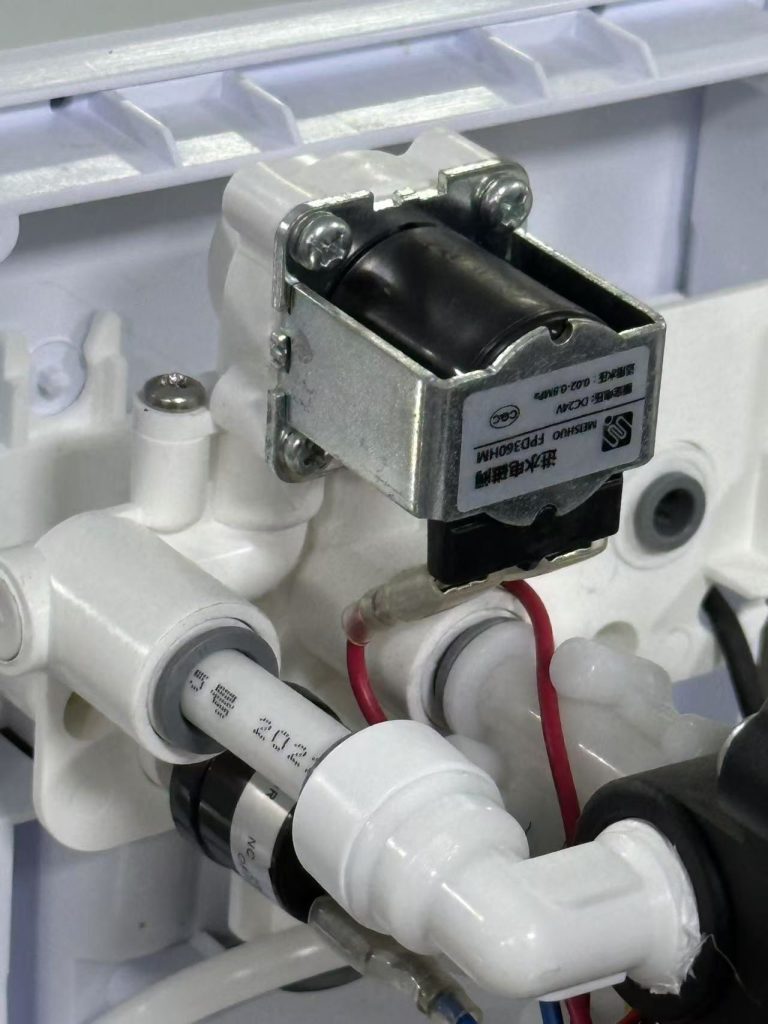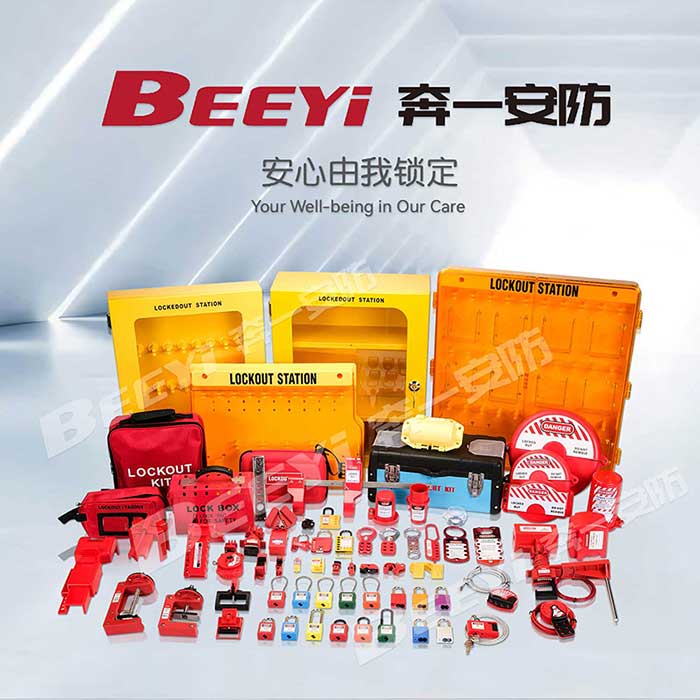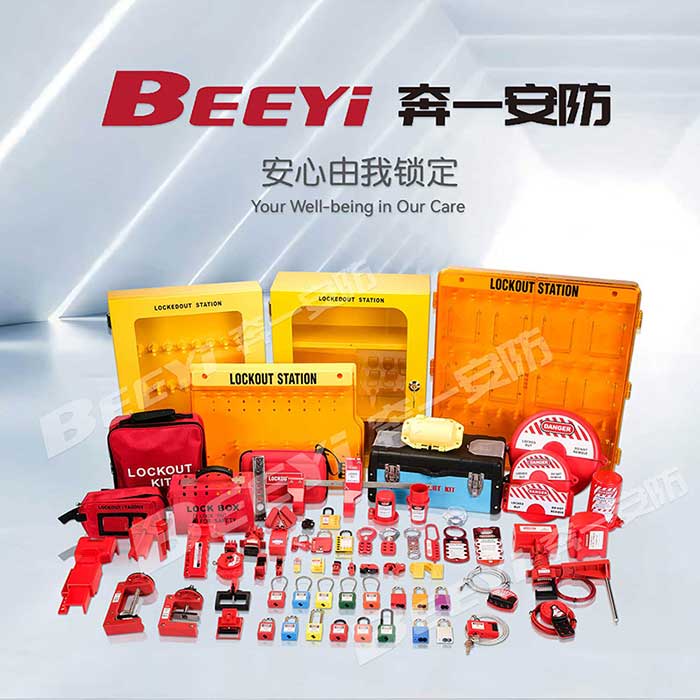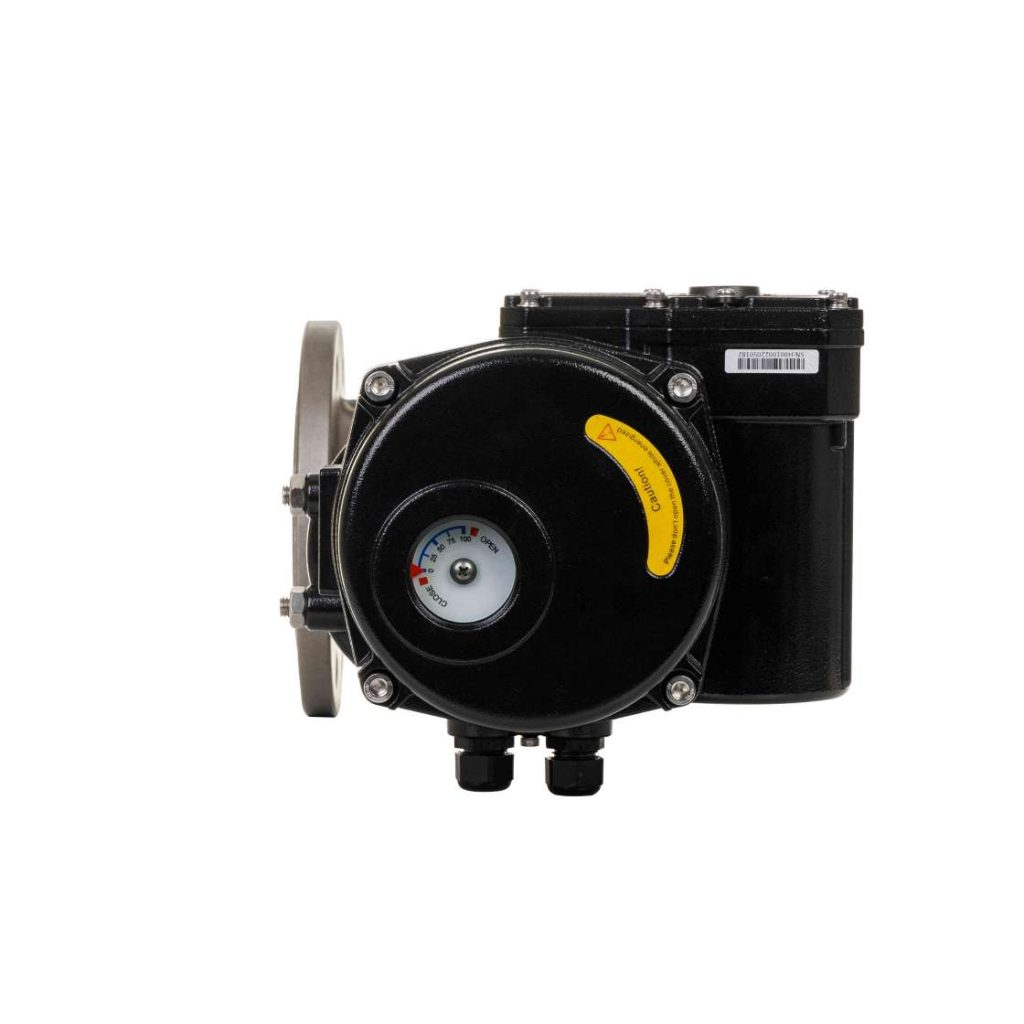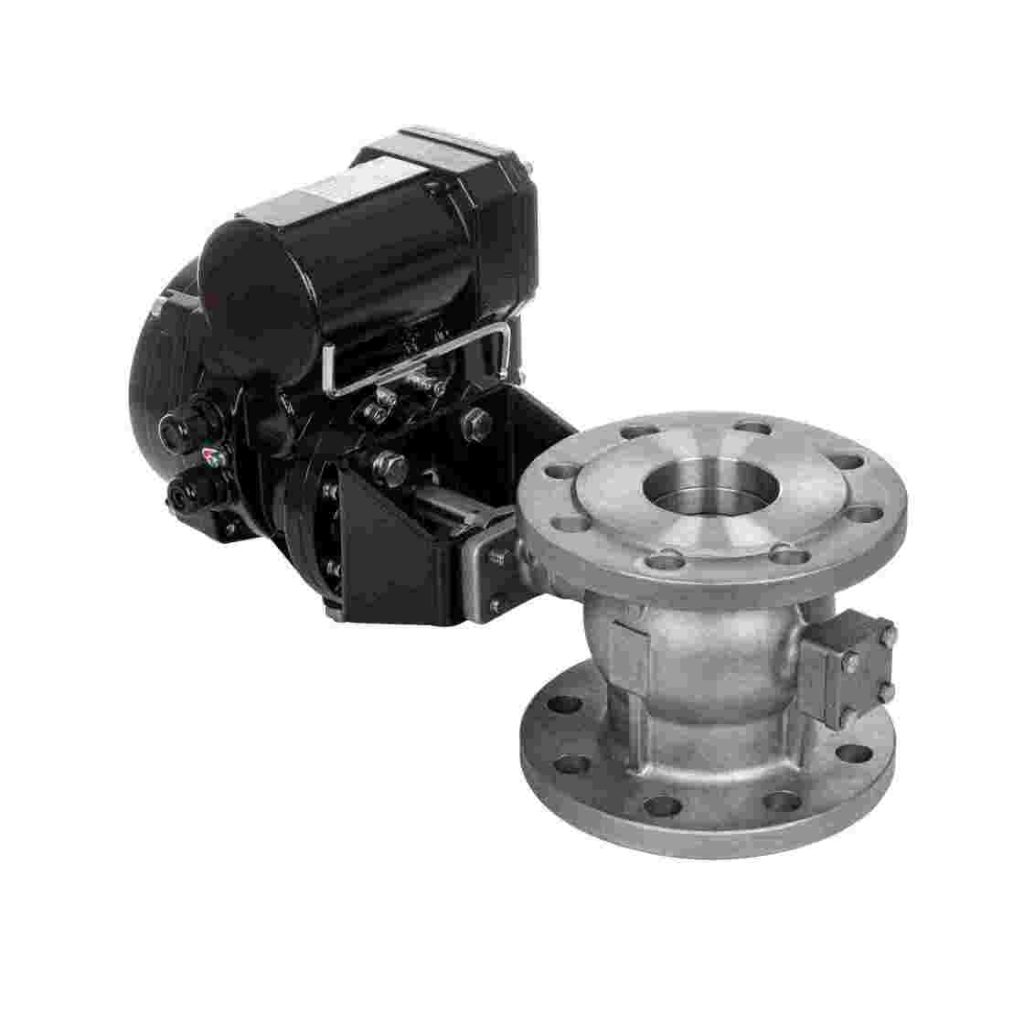The smart home industry has undergone significant growth in recent years, driven by technological advancements in the Internet of Things (IoT) and the increasing consumer demand for more convenient and energy-efficient living environments. Central to this evolution are the smart home relay manufacturers in China, who play a pivotal role in shaping the market. These companies produce key components, including smart relays, that enable consumers to control a wide array of household devices such as lights, fans, heating systems, and security equipment. This article will explore the major Chinese smart home relay manufacturers and their contributions to the global smart home market.

The Importance of Smart Relays in Home Automation Smart relays are devices that allow homeowners to remotely control the flow of electricity to various appliances in their homes. By acting as intermediaries between the electrical grid and devices such as lights, air conditioners, or refrigerators, these relays make it possible for users to automate their homes. Through the use of smartphones, voice assistants like Amazon Alexa or Google Assistant, and other IoT platforms, consumers can manage their devices from anywhere, leading to enhanced convenience, security, and energy efficiency. For example, a smart relay might be used to turn on a light or adjust the temperature of a room based on a user’s preset preferences. These devices can be especially beneficial in larger homes or when people want to automate routine tasks, like switching off lights when leaving the house or setting a heater to turn on before arriving home from work. As a result, the demand for smart relays continues to rise, and China’s manufacturers are well-positioned to meet this growing need.



